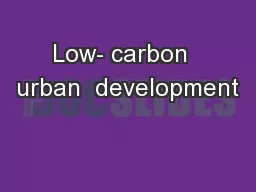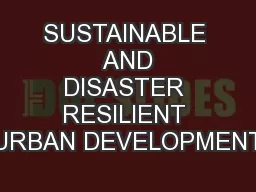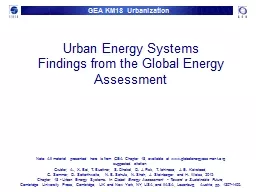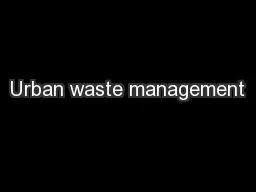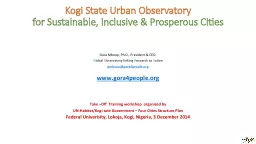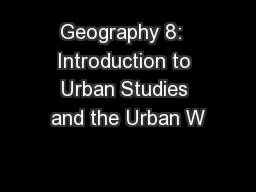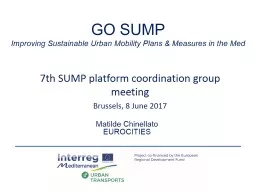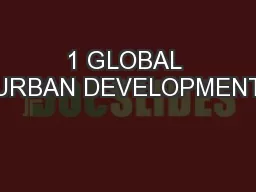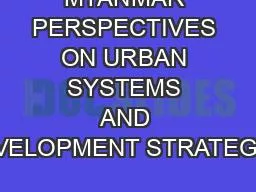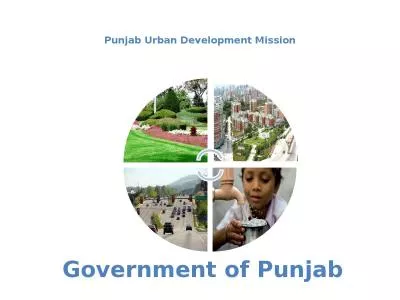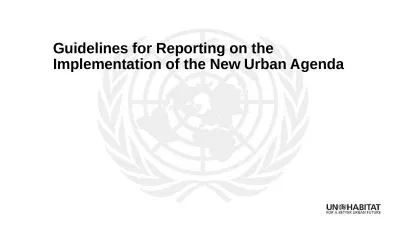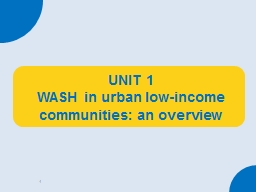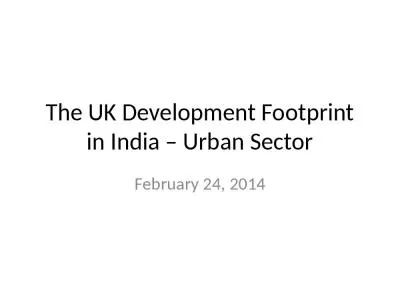PPT-Low- carbon urban development
Author : liane-varnes | Published Date : 2018-03-19
in Asia Africa and South America Contributions from Circular Economy Dr Henning Wilts Urban Pathways Conference 16 Oktober 2017 Berlin The CE concept 09102017
Presentation Embed Code
Download Presentation
Download Presentation The PPT/PDF document "Low- carbon urban development" is the property of its rightful owner. Permission is granted to download and print the materials on this website for personal, non-commercial use only, and to display it on your personal computer provided you do not modify the materials and that you retain all copyright notices contained in the materials. By downloading content from our website, you accept the terms of this agreement.
Low- carbon urban development: Transcript
Download Rules Of Document
"Low- carbon urban development"The content belongs to its owner. You may download and print it for personal use, without modification, and keep all copyright notices. By downloading, you agree to these terms.
Related Documents

